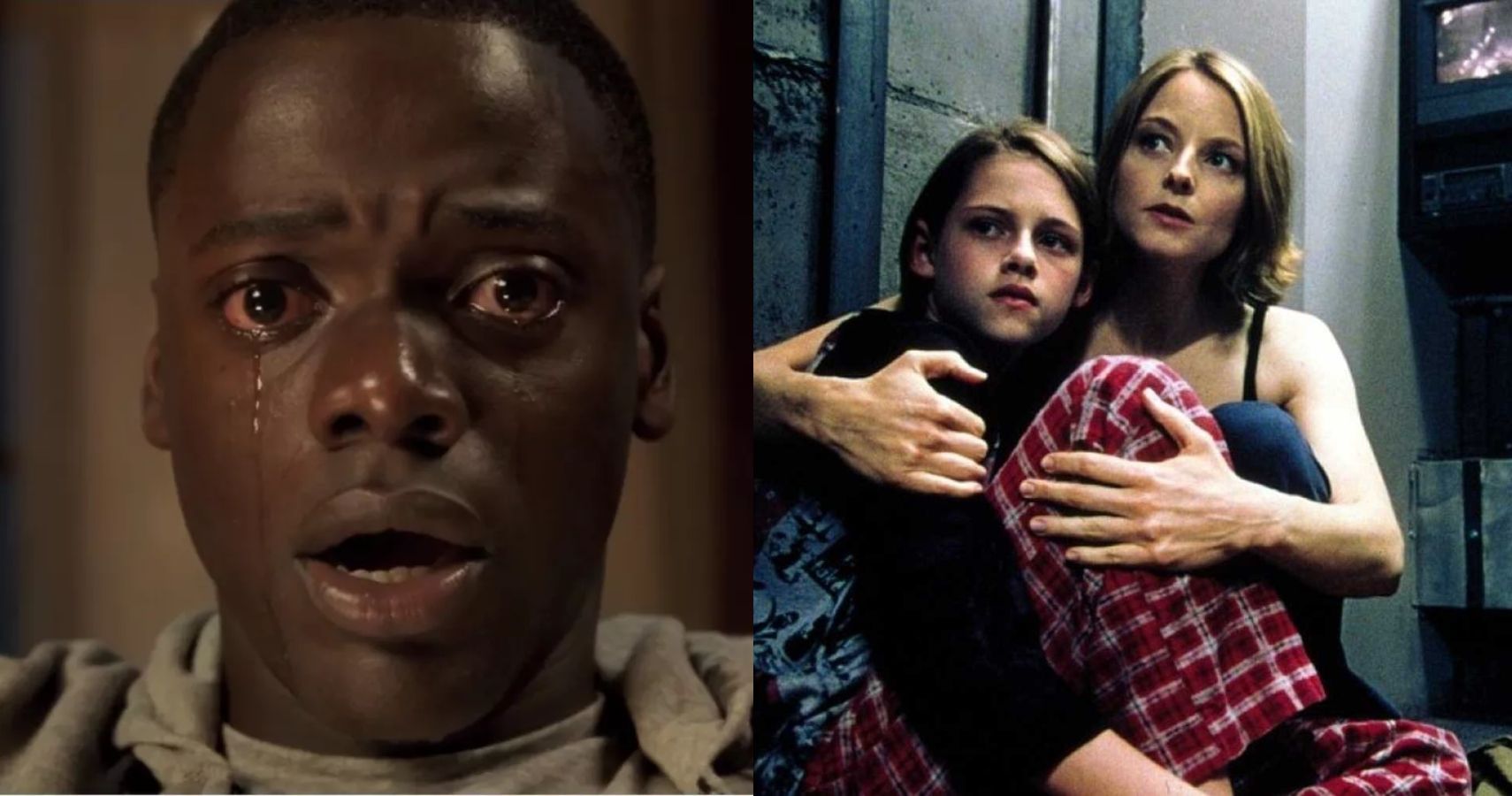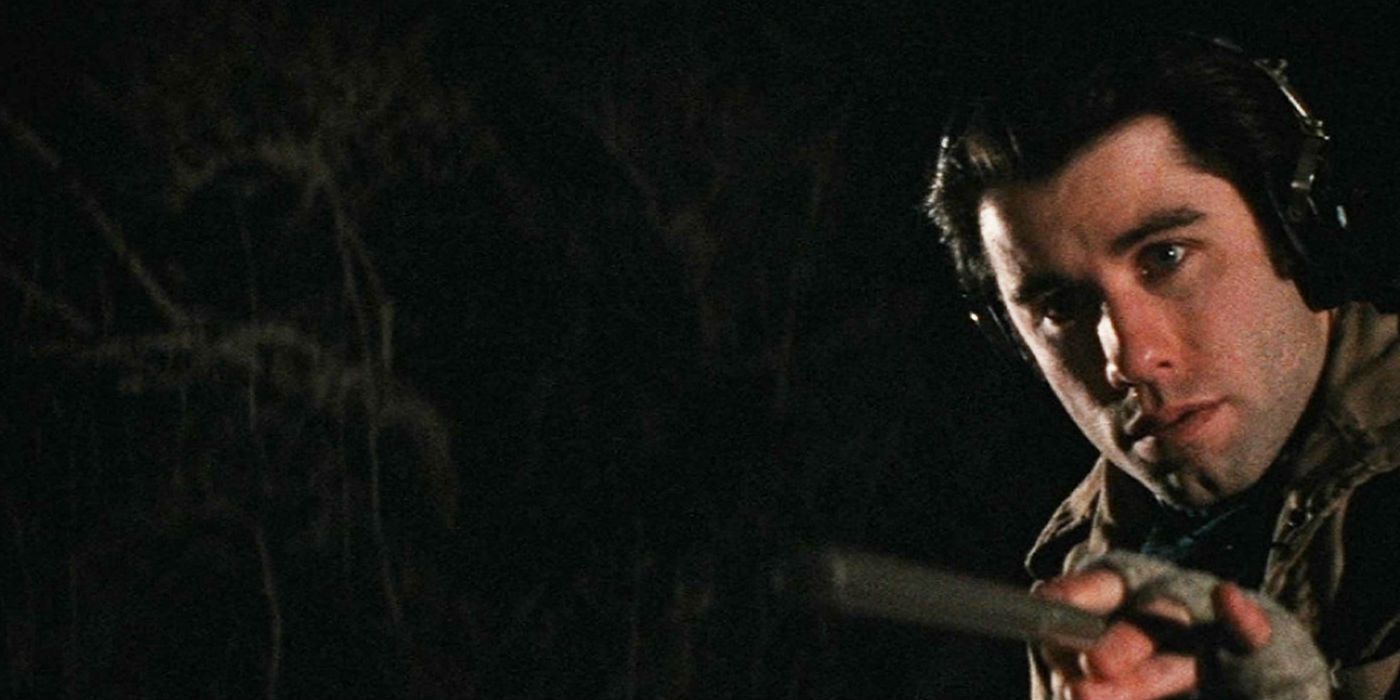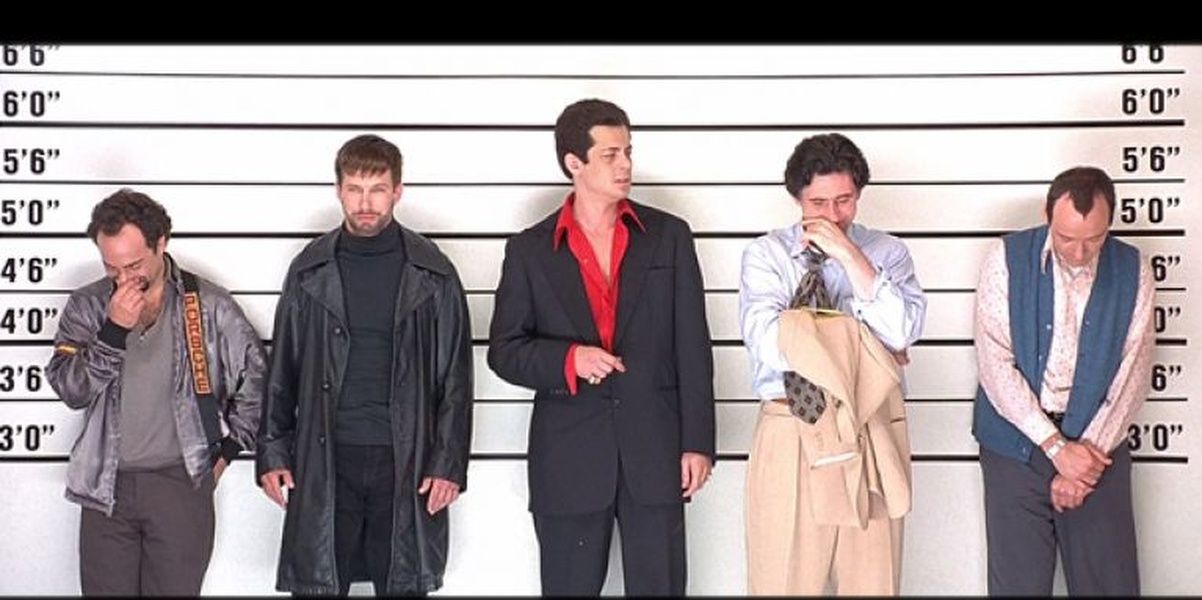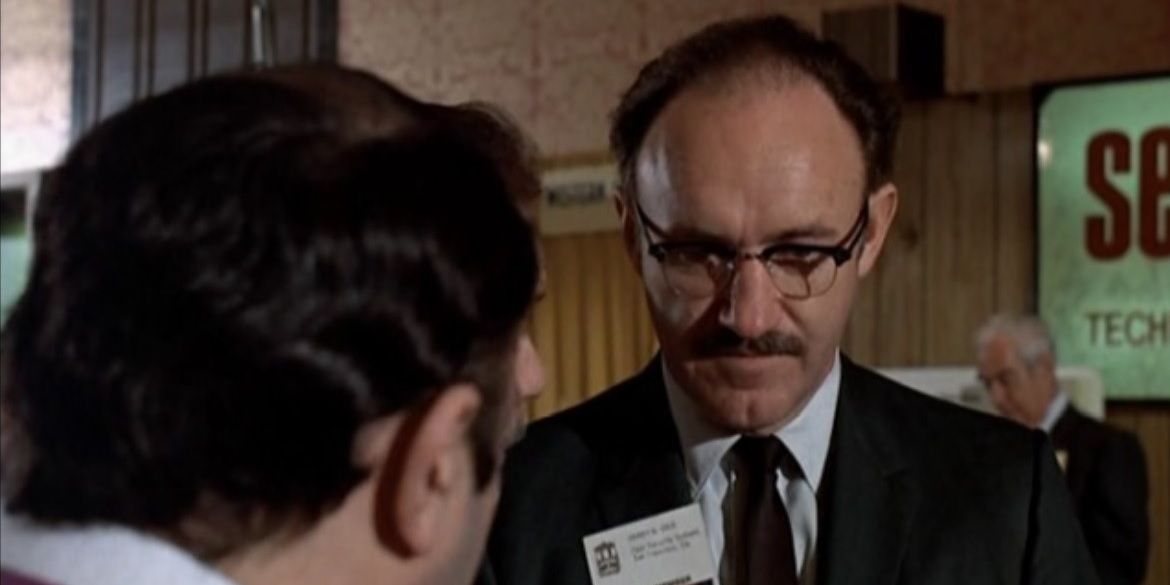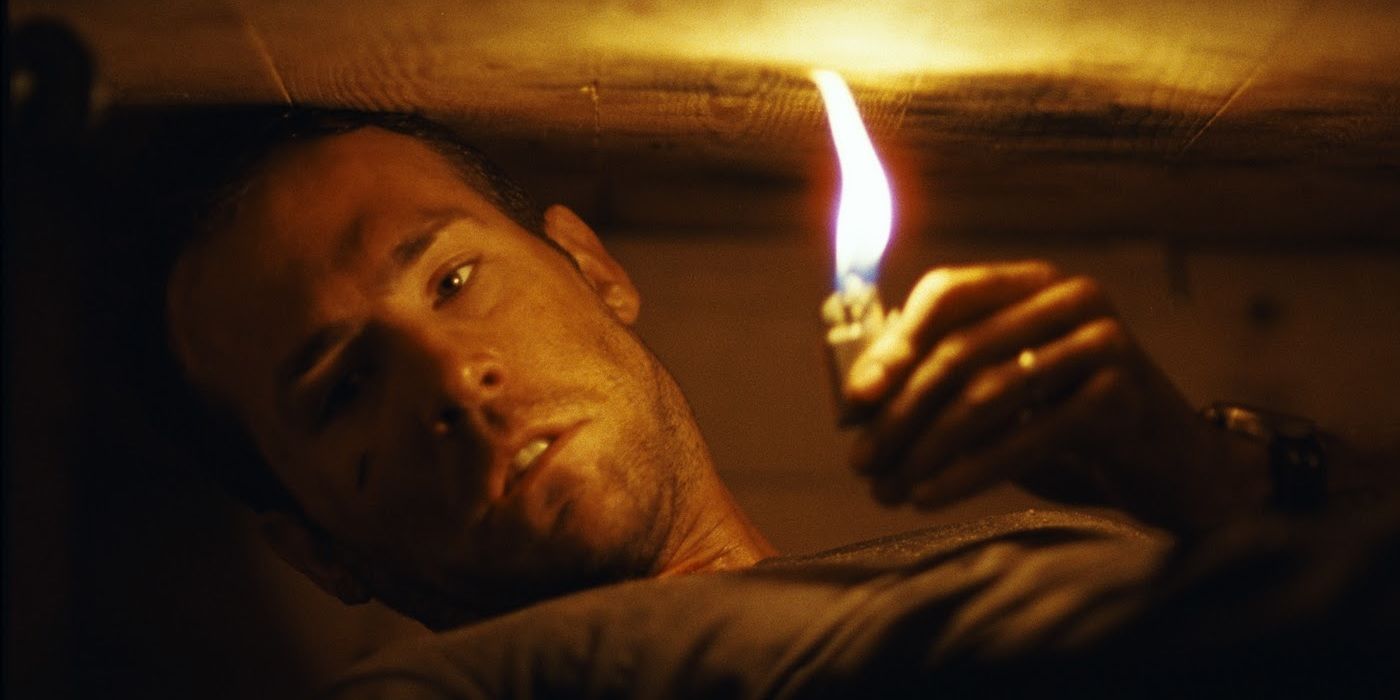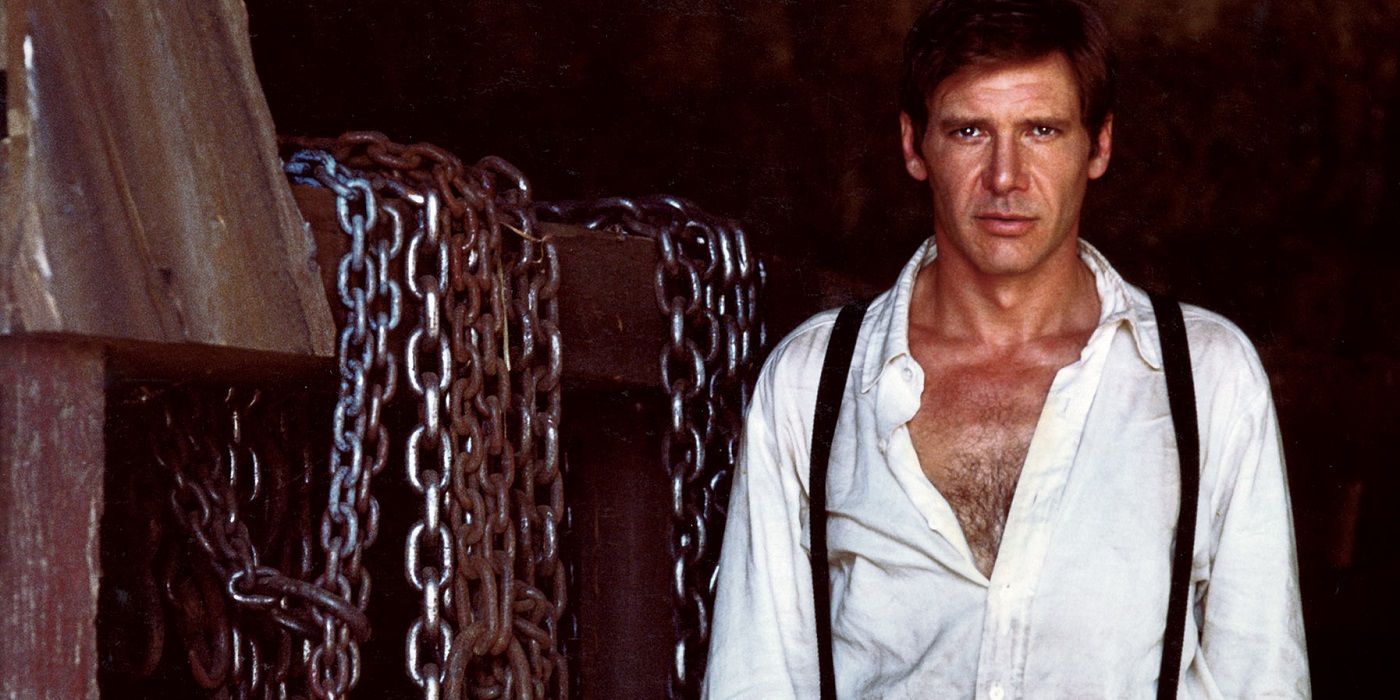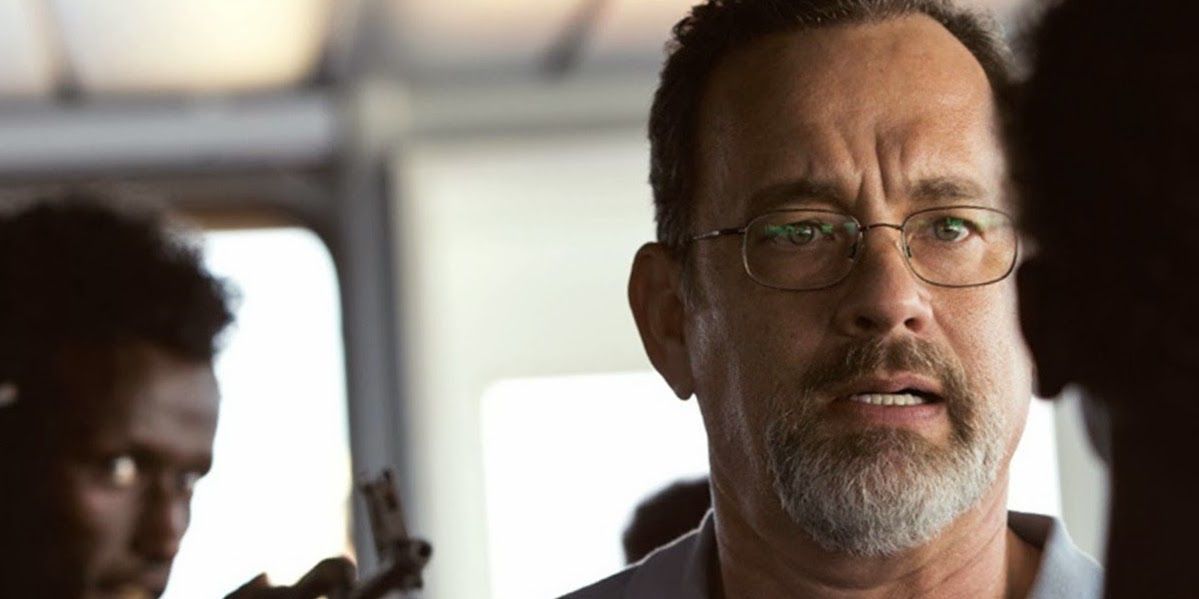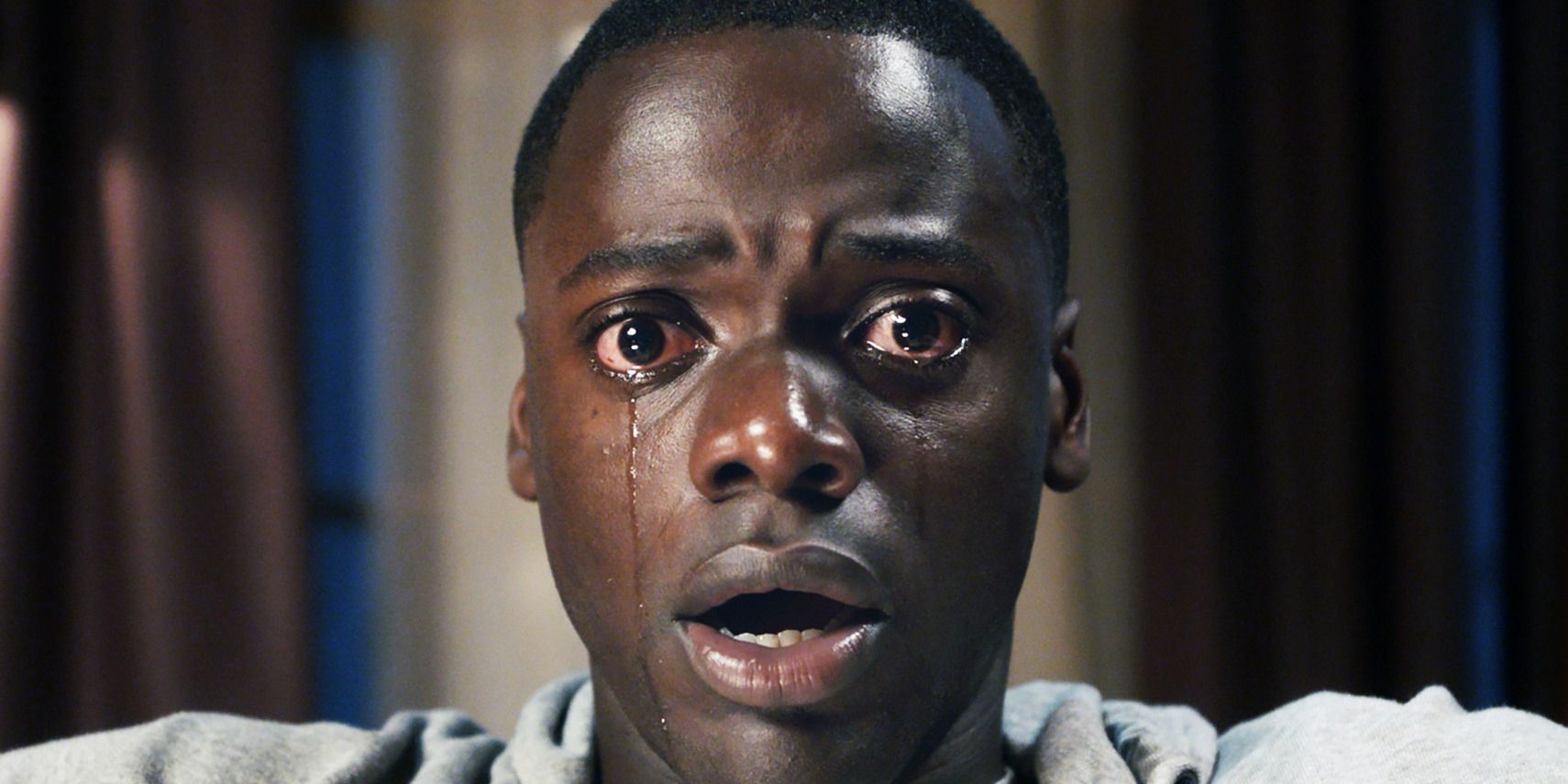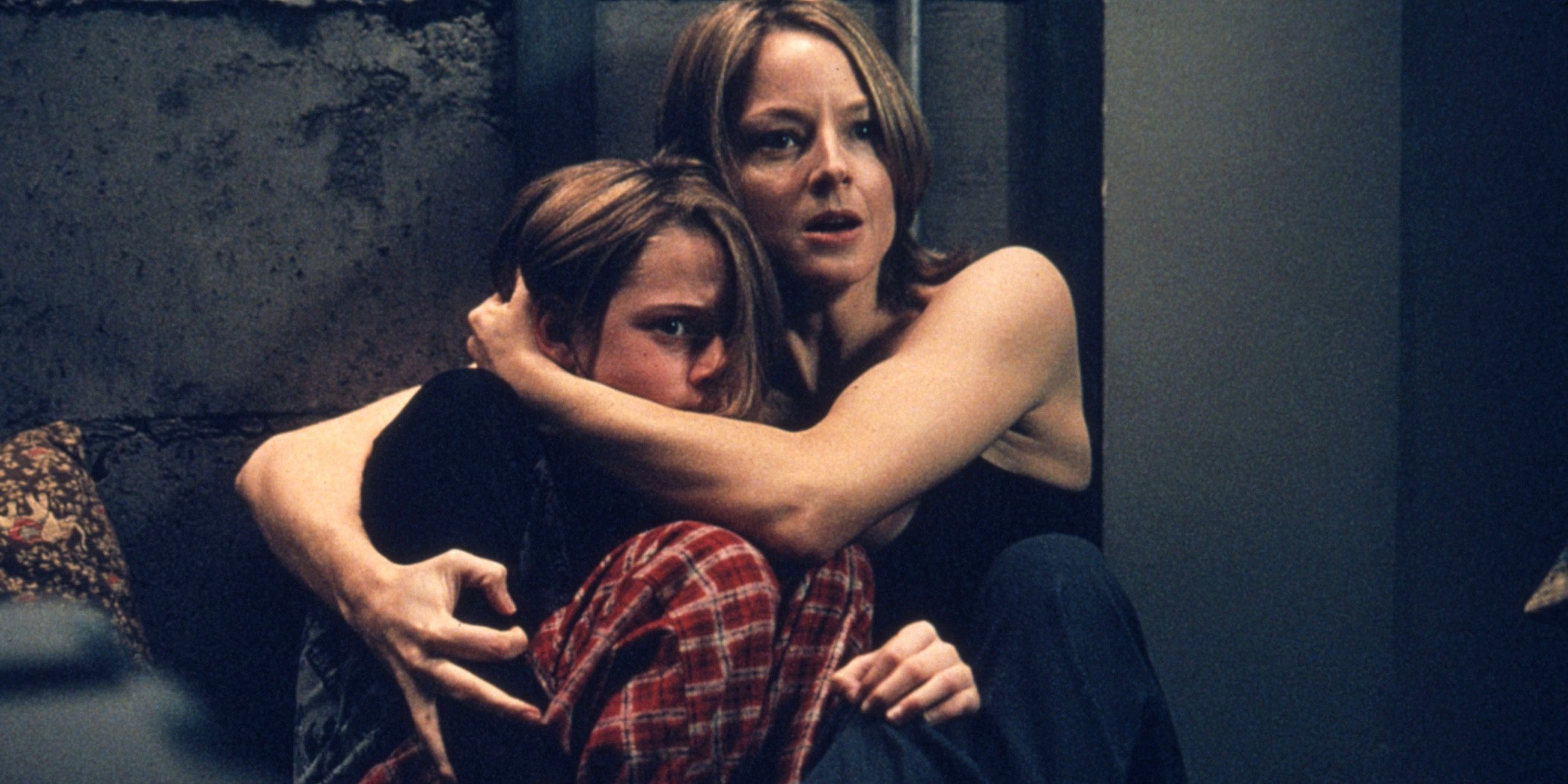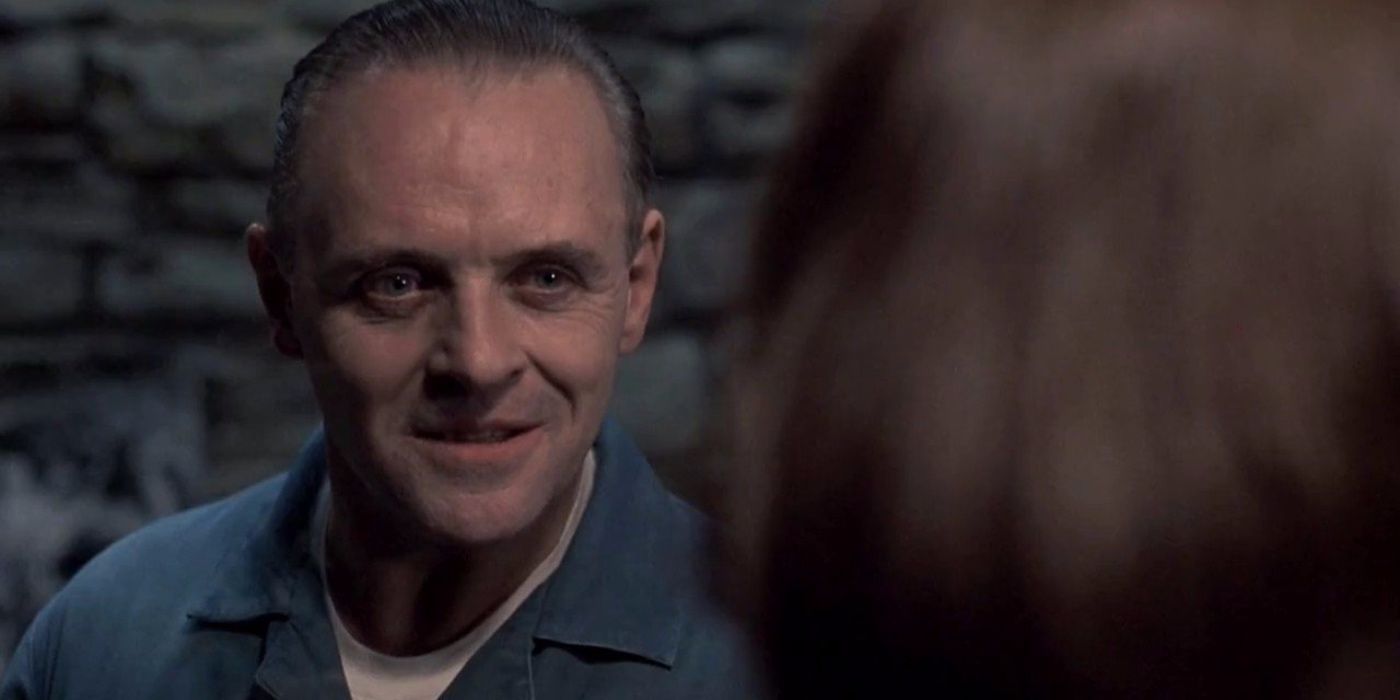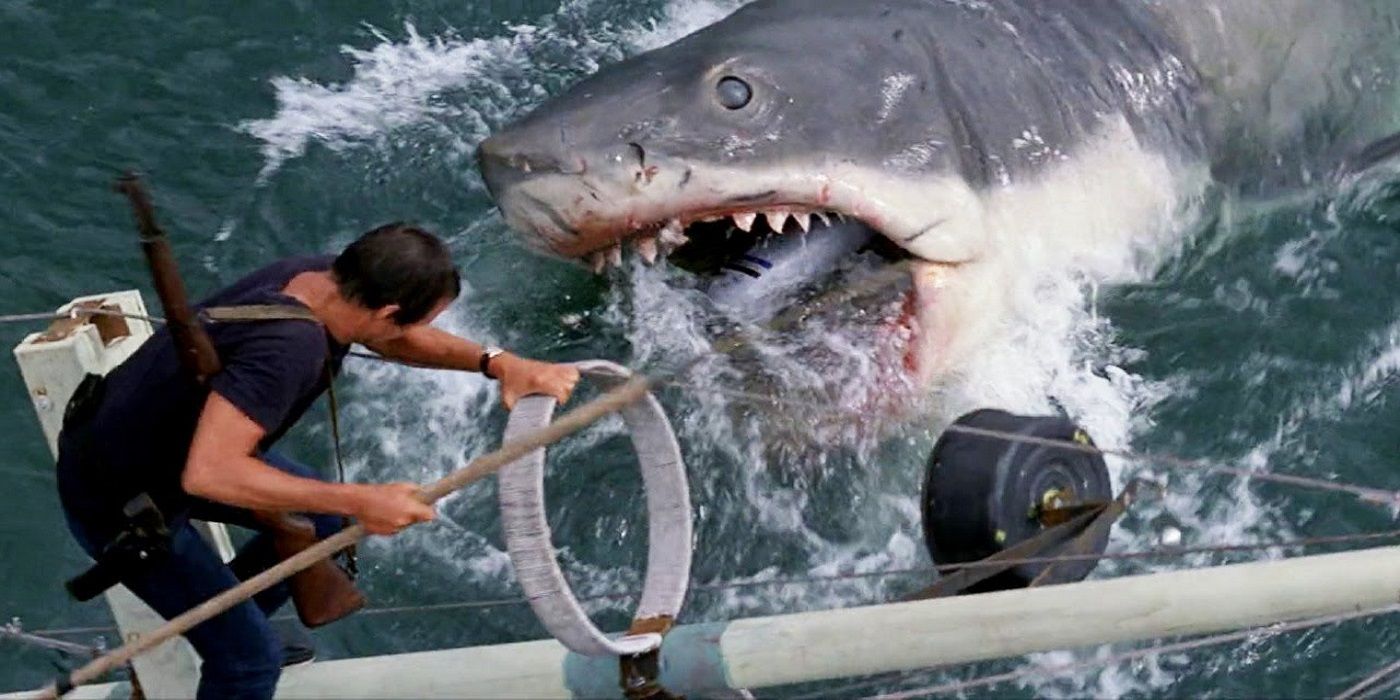It can be easy to forget how incredible a thriller can be. Since a lot of filmmakers rely on the same tropes and conventions and forget that what’s not in the frame is as important as what is (at least, according to Martin Scorsese, who’s something of an authority on the subject), many thrillers end up disappointing. They technically fall into the thriller category, but they fail to actually thrill the audience.
The master of the genre was Alfred Hitchcock, who pioneered many techniques that remain staples of the thriller today. So, here are 10 thrillers that Hitchcock would have been proud of.
Blow Out
Brian De Palma was heavily influenced by Alfred Hitchcock, and this can be seen most prominently in his Watergate-inspired thriller Blow Out. It tells the story of a sound recorder searching for the perfect scream to use in a horror movie he’s working on. One night, he’s out in the park, and he witnesses (and records) a political assassination.
Then, he becomes fearful that the government is coming for him, or that he has information that could blow a conspiracy wide open. John Travolta stars in the lead role and keeps us engaged throughout the whole thing as we get swept up in his paranoia.
The Usual Suspects
“The greatest trick the Devil ever pulled was convincing the world he didn’t exist.” If we briefly ignore the fact that The Usual Suspects is directed by a sexual predator and stars a sexual predator, then it can be appreciated as the masterfully crafted crime thriller that it is. The real star of the film is not Bryan Singer’s directing or Kevin Spacey’s acting, anyway – it’s the Oscar-winning script, written by Christopher McQuarrie, which plays with the unreliable narrator device like never before.
Filmmakers have been trying to emulate The Usual Suspects’ shocking twist ending for the past two decades and, at least as of yet, nothing can compare. Keyser Soze is an unforgettable villain, and yet we’re not sure if we know anything about him.
The Conversation
Francis Ford Coppola has directed so many of the greatest movies ever made – from The Godfather and its sequel (its first sequel, that is) to Apocalypse Now – that one of the greatest movies ever made that he directed has fallen by the wayside.
The Conversation was Coppola’s cinematic response to the Watergate scandal, following a surveillance expert who accidentally overhears something he wasn’t supposed to and becomes concerned that he might be getting hunted down by the government. The ‘70s in America were marked by paranoia, thanks to the Nixon administration, and Coppola played on that paranoia impeccably in The Conversation.
Buried
In the grand tradition of Hitchcock’s Lifeboat and Rope, Rodrigo Cortéz’s Buried is confined to a single location – a coffin in which a live man has been buried six feet underground – that is used to gradually ratchet up the tension from start to finish.
Ryan Reynolds stars in the lead role as a truck driver working in Iraq who wakes up to find himself in a wooden coffin with a limited oxygen supply, a cell phone with spotty reception, and an oxygen-devouring cigarette lighter. The movie is endlessly riveting as we follow his struggles to figure out where he is and get rescued.
Witness
Harrison Ford starred in this intense thriller about a detective who is assigned to protect a young Amish boy who witnessed a murder. As it becomes apparent that a crooked cop was involved in the murder, the detective and the Amish boy slowly piece together the evidence to figure out what happened, all while being targeted and hunted down for knowing too much.
The unconventional setting of an Amish village for a police procedural story was an interesting choice that helped to set this movie apart from the rest of the thriller genre (as well as the fact that it’s actually thrilling).
Captain Phillips
Paul Greengrass has become one of the best-known directors in Hollywood for his use of shaky camera techniques and fast-paced narrative propulsion. The movies that made him famous were the Bourne sequels, but arguably his finest thriller is Captain Phillips, his dramatization of a real-life cargo ship getting raided by a band of Somalian pirates.
The pirates end up abducting the captain as they attempt to flee. Tom Hanks’ lead performance as the titular captain carries the whole movie. He wants to remain calm and collected so he doesn’t freak out his crew, but at the same time, we can hear an underlying terror in his voice. It’s spectacular acting.
Get Out
Jordan Peele’s Get Out is one of the most highly acclaimed and memorable directorial debuts in recent memory. Daniel Kaluuya stars as Chris, a black man whose white girlfriend has invited him to come and stay in her parents’ suburban community.
Peele’s Oscar-winning script was heavily inspired by The Stepford Wives – something creepy is going on in a suburban neighborhood and we’re following a protagonist that we know is in some kind of immediate danger, but we’re not sure what that danger is until it’s too late. As both a psychological thrill-ride and a study of race in America, Get Out is a masterwork.
Panic Room
David Fincher could be called the Alfred Hitchcock of the modern era. Like Hitchcock, he regularly turns out engaging thrillers, and like Hitchcock, he pushes the boundaries of what can be achieved with contemporary filmmaking technology – but Fincher’s lifetime has far more advanced filmmaking technology than Hitchcock’s. Panic Room is a claustrophobic thriller about a mother and daughter who confine themselves to their new house’s panic room when a band of robbers break in.
All throughout the movie, Fincher uses unconventional camera movements like sweeping through the handle of a coffee pot or panning through the bannisters on a staircase or tracking gas through a pipeline. If Hitchcock were alive today, he’d be making movies like Panic Room.
The Silence of the Lambs
Anthony Hopkins managed to win an Academy Award for Best Actor with less than half an hour of screen time in The Silence of the Lambs. He played Dr. Hannibal Lecter, an imprisoned cannibalistic psychiatrist who assists rookie FBI agent Clarice Starling in her hunt for the serial killer Buffalo Bill, who has been targeting women in the hopes of creating a suit with their skin.
It’s the scenes between Hannibal and Clarice that audiences remember the most, because Hopkins acted them incredibly opposite an equally incredible Jodie Foster. Jonathan Demme’s deftly directed The Silence of the Lambs was worthy of every Oscar that the Academy threw at it.
Jaws
In filmmaking, what you don’t show is as important as what you do show, especially in a monster movie. The monster that the audience creates in their imagination is infinitely scarier than any monster you can show on-screen, and that’s why dragged buoys and dismantled piers are used as a proxy for the shark in Steven Spielberg’s Jaws.
Spielberg might have been forced to use the shark minimally by the film’s low budget and complicated shooting process, but he used those setbacks and limitations creatively, using underwater point-of-view shots and terror on the surface of the ocean to convey the shark’s presence.

